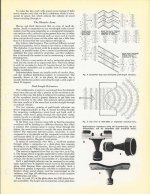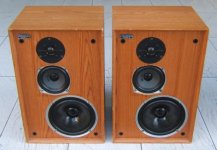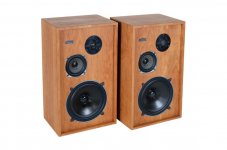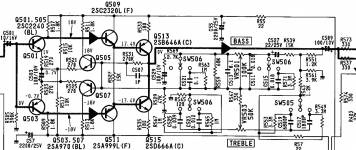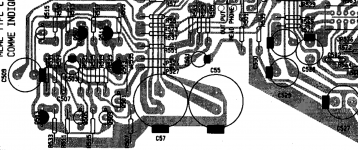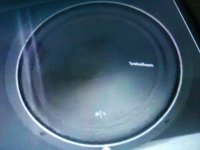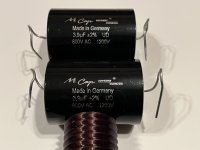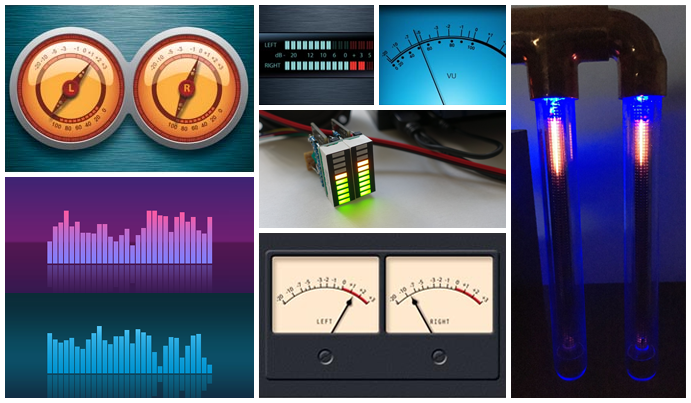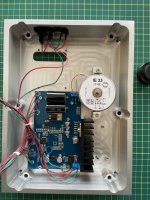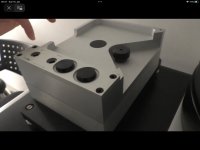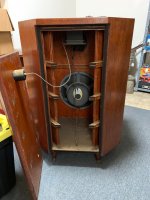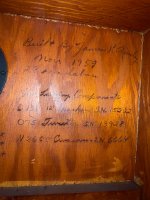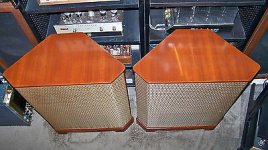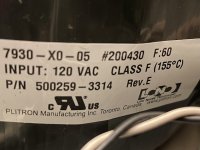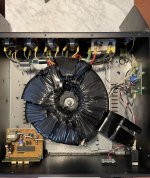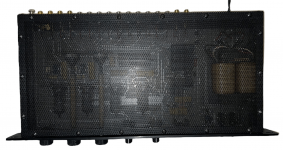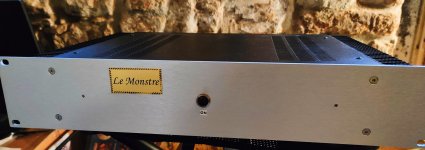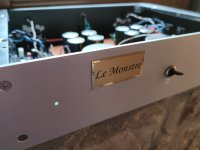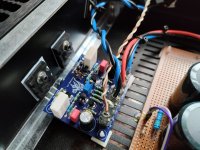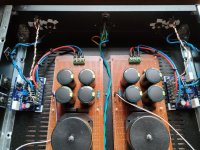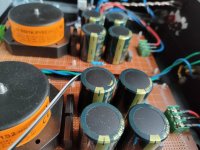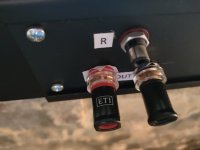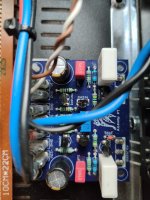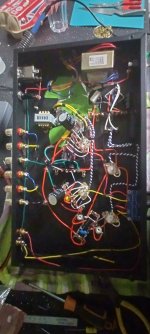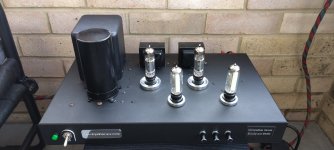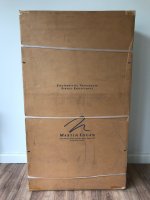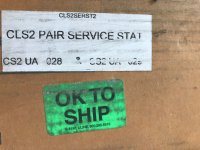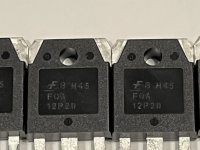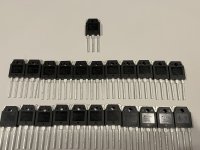My first GB
- By JPS64
- Group Buys
- 110 Replies
Finally, I´m starting GB for printed circuit board for following products:
- PASS F6 PSU - DIY-NR002
10 boards: 176x168x2mm; HAL; 70µm; SILK TOP/BOT; GRN/WHITE
(ordered: @2 PicoDumbs)
- PASS M2 - DIY-NR003
20 boards: 110x120x2mm; HAL; 70µm; SILK TOP; GRN/WHITE
(ordered 1 pair: @MASantos, @wrath; @brianco;@kweeSong lim; @Cambe; @mk57; @vvs57)
- PASS F6 NITROUS - DIY-NR004
20 boards: 110x103x2mm; HAL; 70µm; SILK TOP; GRN/WHITE
(ordered 1pair: @2 PicoDumbs)
- PASS ACA - DIY-NR005
10 boards: 100x80,5x2mm; HAL; 70µm; SILK TOP; GRN/WHITE
- XRK-BF862 HPA (with charger) - DIY-NR006
10 boards: 102x72x1.6mm; ENIG; 35µm; GRN/WHITE
Actually price without postage for this quantities from 14€ and 30€ for F6 SUPPLY.
Following product finished this weekend:
- SUDSEPP - DIY-NR007
Following products before end of next week:
- ZM IRON-PRE (both versions and batteries supply) - DIY-NR008
- JUMA-BF862-PREAMP+CUBIE3 (one big board with LDR volume control) - DIY-NR009
In the line:
- all BOM´s
Would be nice to close first GB end of next week.
JP
- PASS F6 PSU - DIY-NR002
10 boards: 176x168x2mm; HAL; 70µm; SILK TOP/BOT; GRN/WHITE
(ordered: @2 PicoDumbs)
- PASS M2 - DIY-NR003
20 boards: 110x120x2mm; HAL; 70µm; SILK TOP; GRN/WHITE
(ordered 1 pair: @MASantos, @wrath; @brianco;@kweeSong lim; @Cambe; @mk57; @vvs57)
- PASS F6 NITROUS - DIY-NR004
20 boards: 110x103x2mm; HAL; 70µm; SILK TOP; GRN/WHITE
(ordered 1pair: @2 PicoDumbs)
- PASS ACA - DIY-NR005
10 boards: 100x80,5x2mm; HAL; 70µm; SILK TOP; GRN/WHITE
- XRK-BF862 HPA (with charger) - DIY-NR006
10 boards: 102x72x1.6mm; ENIG; 35µm; GRN/WHITE
Actually price without postage for this quantities from 14€ and 30€ for F6 SUPPLY.
Following product finished this weekend:
- SUDSEPP - DIY-NR007
Following products before end of next week:
- ZM IRON-PRE (both versions and batteries supply) - DIY-NR008
- JUMA-BF862-PREAMP+CUBIE3 (one big board with LDR volume control) - DIY-NR009
In the line:
- all BOM´s
Would be nice to close first GB end of next week.
JP
